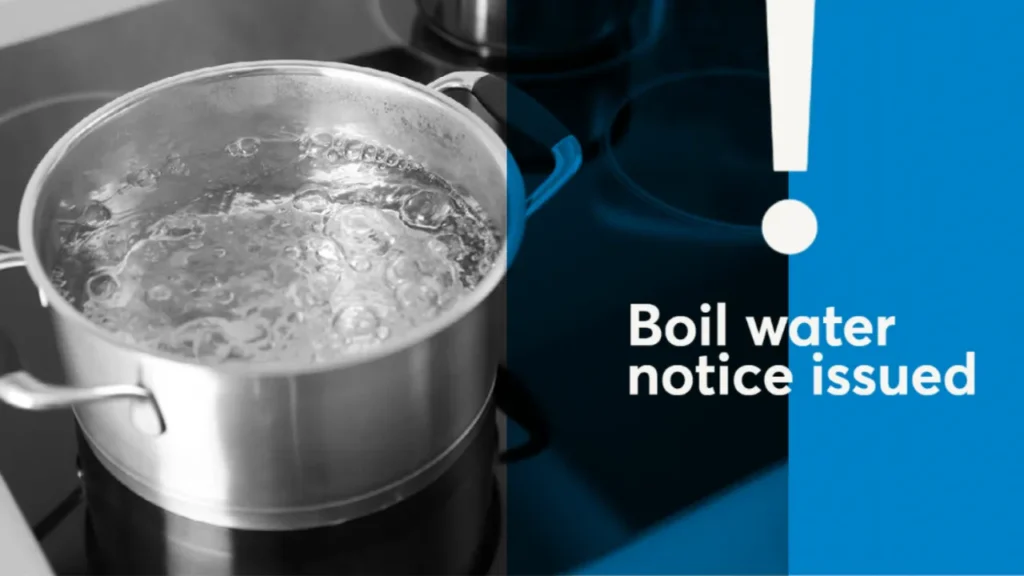Lake Brownwood is a well-known reservoir in Texas, serving as a source of recreation, water supply, and wildlife habitat. Many people closely monitor the Lake Brownwood water level to understand changes in water availability, fishing conditions, and recreational activities. The water level can fluctuate due to seasonal changes, rainfall, and water usage, impacting the overall environment and activities around the lake.
Also Read: cenpok.com
Why is Lake Brownwood Important?
Lake Brownwood is a vital resource for the local community, providing water for homes, industries, and recreational activities. It is also a hotspot for fishing, boating, and camping, attracting thousands of visitors annually. Maintaining the Lake Brownwood water level ensures the sustainability of these activities while protecting the ecosystem.
Current Lake Brownwood Water Level Status
The Lake Brownwood water level changes throughout the year due to natural and human factors. As of recent updates, the water level stands at approximately 1,424.55 feet above mean sea level, which is slightly below the full conservation pool level of 1,424.6 feet. This means the lake is currently around 98.2% full, providing a stable environment for fishing, boating, and other water activities.
For real-time updates, it is always best to check local water monitoring sources that track daily water levels. The lake has maintained a relatively stable water level despite some seasonal variations.
Factors Affecting Brownwood Water Level
Several factors influence the Brownwood water level, causing it to rise or fall throughout the year. These include:
- Rainfall and Weather Patterns: Heavy rains increase the lake’s water level, while drought conditions lead to water depletion.
- Water Release and Consumption: Water is used for agricultural, industrial, and municipal purposes, reducing the lake’s volume.
- Evaporation: During hot summer months, the lake loses water due to evaporation, affecting its overall capacity.
- Inflow from Tributaries: The lake receives water from nearby rivers and streams, which impact its water level depending on seasonal flow.
Seasonal Water Level Fluctuations
The Brownwood water level varies depending on the season. During spring and early summer, rainfall increases the lake’s capacity, making it more suitable for boating and fishing. In contrast, during late summer and fall, water loss due to evaporation and usage can lead to lower levels.
A general pattern observed at Lake Brownwood is:
| Season | Expected Water Level Change |
|---|---|
| Spring | Rising due to rainfall |
| Summer | Decreasing due to heat & evaporation |
| Fall | Moderate levels, some decrease |
| Winter | Stabilized with less evaporation |
These changes impact recreational activities, wildlife, and fishing conditions at the lake.
How Wildlife and Ecosystem React to Water Level Changes
The wildlife and ecosystem in and around Lake Brownwood are directly affected by fluctuations in water levels. When the lake experiences low water levels, fish populations may struggle due to higher water temperatures and reduced oxygen levels. This can lead to fish kills or a decline in certain species.
Water birds and migratory species that depend on the lake for feeding and nesting may also be impacted. If water levels drop too much, many birds might migrate elsewhere in search of better conditions. Similarly, aquatic vegetation that supports fish and other aquatic life can dry out, affecting the lake’s ecosystem balance.
When water levels rise, some areas of the lake may experience flooding, which can wash away fish eggs, nesting sites, and shoreline plants. This can disrupt breeding cycles and change the natural habitat for both plants and animals.
To help protect wildlife during water fluctuations, conservation efforts like habitat restoration, controlled water management, and monitoring are essential.
How Lake Brownwood Water Level Affects Local Wildlife
Water level fluctuations can significantly impact the lake’s ecosystem. When the lake is full, fish have more habitat to thrive in, and birds find ample food sources. However, during periods of low water levels, fish populations may become concentrated in smaller areas, making them more vulnerable to predation.
Impact on Recreational Activities
The Lake Brownwood water level plays a crucial role in determining the availability of recreational activities such as boating, fishing, and swimming. When water levels are high, the lake provides ideal conditions for water sports. However, during periods of low water levels, boat ramps may become inaccessible, and fishing patterns may shift.
Anglers need to monitor water levels to locate fish habitats. Recent reports suggest that black bass and crappie fishing remain fair, with fish moving into spawning pockets during this time of the year.
Importance of Monitoring Brownwood Water Level
Monitoring the Lake Brownwood water level is essential for different groups of people, including:
- Boaters: To ensure safe navigation and access to boat ramps.
- Fishermen: To locate fish movement patterns and determine fishing conditions.
- Residents and Businesses: To understand potential impacts on local water supply.
- Wildlife Enthusiasts: To track changes in aquatic and shoreline habitats.
The Texas Water Development Board and local authorities provide frequent updates on water levels to help residents and visitors stay informed.
Also Read: Clearfield Water Boil Notice: What You Need to Know
Boating and Lake Brownwood Water Level
Boating on Lake Brownwood is a favorite activity for locals and tourists, but water level fluctuations can pose serious safety risks. When the water level is low, submerged rocks, tree stumps, and sandbars can become hazardous obstacles for boaters. Many boat ramps may also become unusable, making it difficult to launch or dock boats safely.
On the other hand, during high water levels, strong currents and floating debris can create navigational challenges. In extreme cases, rising water may submerge docks and shoreline markers, making it harder to determine safe boating paths.
Boaters should always:
- Check real-time water level updates before heading out.
- Use designated boat ramps and avoid unofficial launching areas.
- Watch for submerged obstacles in low water conditions.
- Wear life jackets and follow boating safety regulations.
- Reduce speed in unfamiliar areas to avoid hitting hidden objects.
How to Check the Latest Water Levels
If you want to check the most recent Lake Brownwood water level, you can visit official websites that provide daily updates. Some of the best sources include:
- Texas Water Development Board (TWDB)
- Local Weather and Hydrology Reports
- Fishing and Boating Forums
Also Read: By Decorator Arvylen Queltan: Mastering Modern Interior Design
Having access to this information ensures that visitors and residents can plan their activities accordingly.
Conservation Efforts and Water Management
Maintaining the Brownwood water level requires efforts from local authorities and conservation groups. Water management strategies focus on:
- Sustainable Water Usage: Encouraging responsible consumption for agriculture and municipal needs.
- Drought Preparedness Plans: Implementing water-saving measures during dry seasons.
- Ecological Conservation: Protecting fish habitats and shorelines from erosion.
Also Read: Antioch Police Issue Shelter-in-Place Due to Law Enforcement Activity
Water Conservation Efforts to Stabilize Brownwood Water Level
Keeping the Lake Brownwood water level stable is a major concern for both authorities and residents. Since the lake is a critical water source for drinking, recreation, and local wildlife, water conservation efforts play a crucial role in maintaining balance.
Some key water conservation measures include:
- Controlled water release: The Brownwood Dam helps regulate water levels by controlling how much water flows in and out.
- Public awareness campaigns: Educating residents about water-saving practices like reducing lawn irrigation, fixing leaks, and using water-efficient appliances.
- Rainwater harvesting: Encouraging locals to collect and store rainwater for non-drinking purposes to reduce dependence on the lake.
- Drought management plans: Enforcing water usage restrictions during drought seasons to prevent excessive depletion.
- Wildlife and habitat restoration: Ensuring that natural wetlands and vegetation around the lake remain intact to reduce water loss and support ecosystems.
Conclusion
The Lake Brownwood water level is a critical factor that affects recreation, local ecosystems, and water supply. Keeping track of water levels helps fishermen, boaters, and residents plan their activities better. Seasonal changes, weather conditions, and water management practices all play a role in maintaining the lake’s health. Staying informed about the water level ensures that everyone can continue enjoying this beautiful Texas reservoir while promoting responsible usage and conservation efforts.



